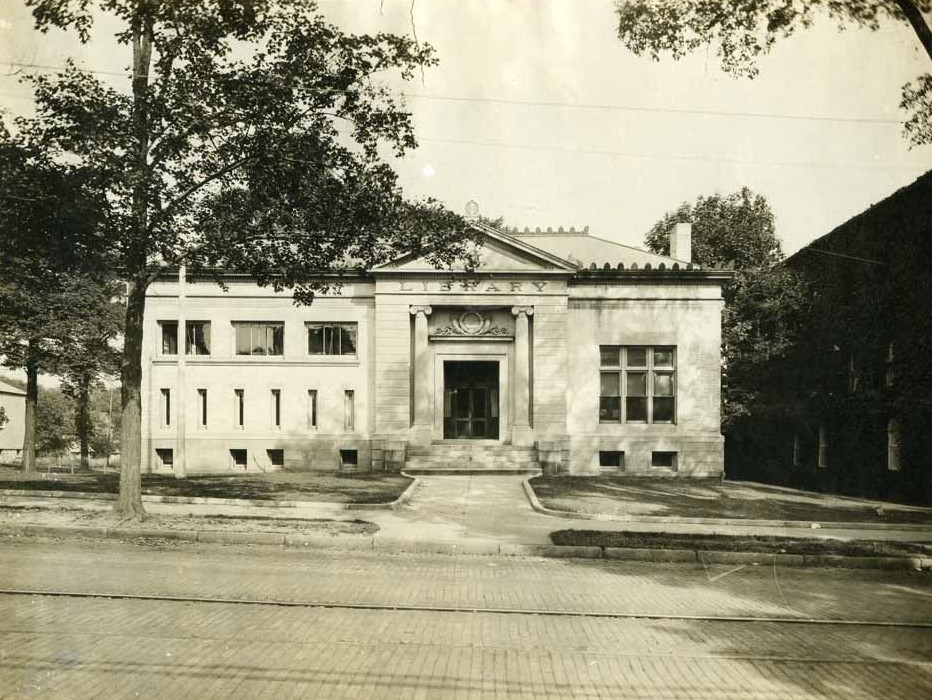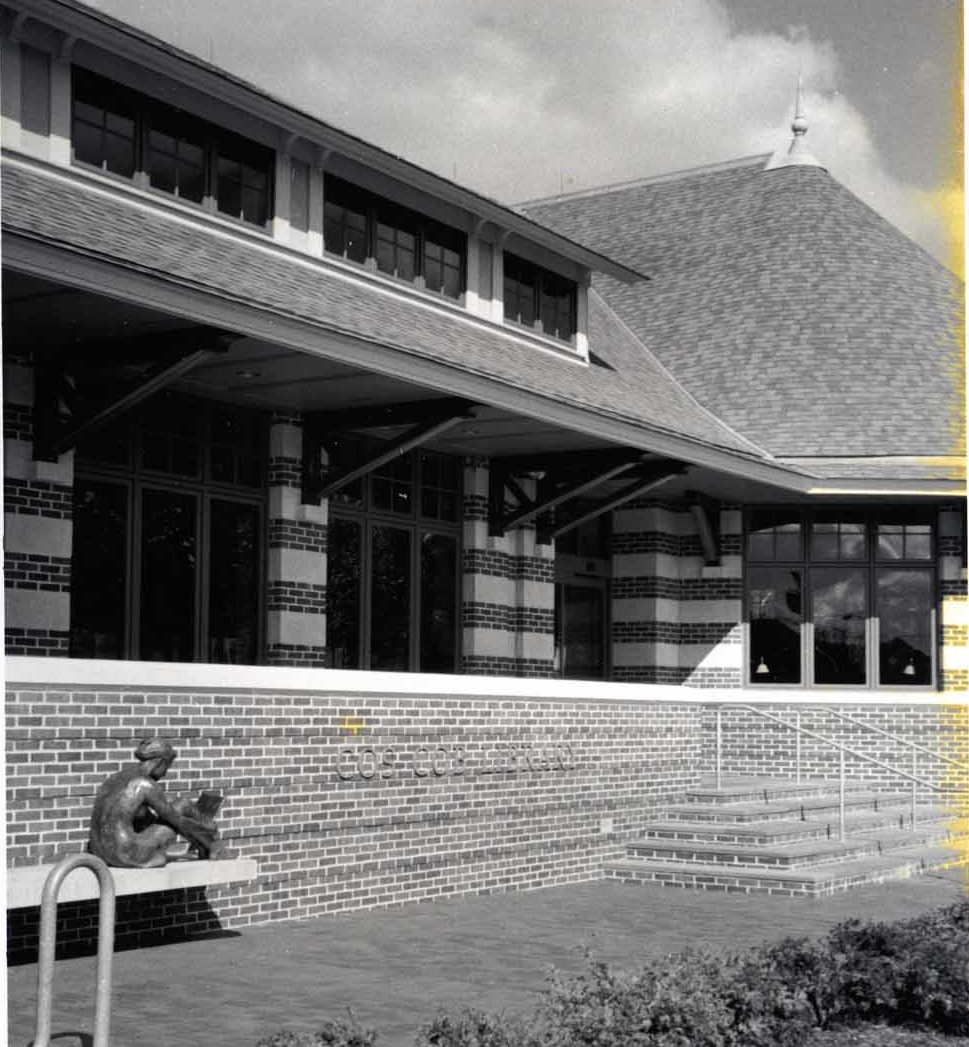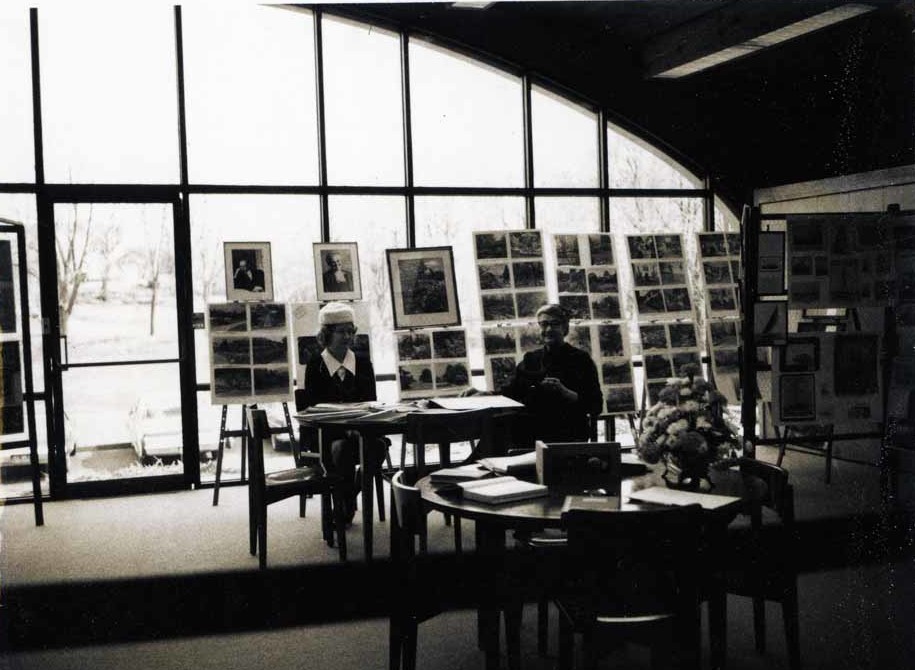Incorporation
On March 15, 1878, the library was incorporated by Joint Resolution of the Connecticut General Assembly as “The Greenwich Reading Room and Library Association…provided, no by-law shall be repugnant to the laws of this state or of the United States.” It was stipulated that the act should “take effect when accepted by a majority vote of the members…on or before the twenty-fifth day of March 1878.”
In 1884, the library moved to larger quarters in the Ray Building across the street. In 1895, Elizabeth Milbank Anderson gave the town a new building for the library in memory of her parents, Jeremiah and Elizabeth Lake Milbank. She offered to erect a new building if a lot could be obtained and if the library provided “free service to all town residents.” The first stipulation was met immediately. Fellow citizens amassed $11,500 to purchase the land where Saks Fifth Avenue currently stands on Greenwich Avenue. The second stipulation took longer to realize. Although the building was opened in 1895, services were not made free until 1899.
The library was incorporated by Joint Resolution of the Connecticut General Assembly on May 24, 1899, “for the promotion of useful knowledge” under the name The Greenwich Reading Room and Library Association and as “a free public library and reading room.” It was stipulated that the act should take effect when “accepted by a majority vote of the members on or before July 1, 1899. The name was changed to The Greenwich Library by act of the state legislature on March 26, 1907.
In 1901, library supporters matched an additional $10,000 donation by Mrs. Anderson, and that endowment supported the library until 1917, when the corporation turned to the taxpayer. The town appropriated $1,000 for operating expenses, thus beginning the enduring partnership of public and private funding.
In 1929, $125,000 was raised privately for a substantial addition. Records show that by 1930 the town appropriated $36,000 for the library. Library activity was dominated by librarian Isabelle Hurlbutt, an early feminist and ardent devotee of music, art, and outstanding library service. She was at the core of the library “membership” and almost single-handedly selected the corporate family according to her view of who would best serve the cultural and financial interests of the library.




